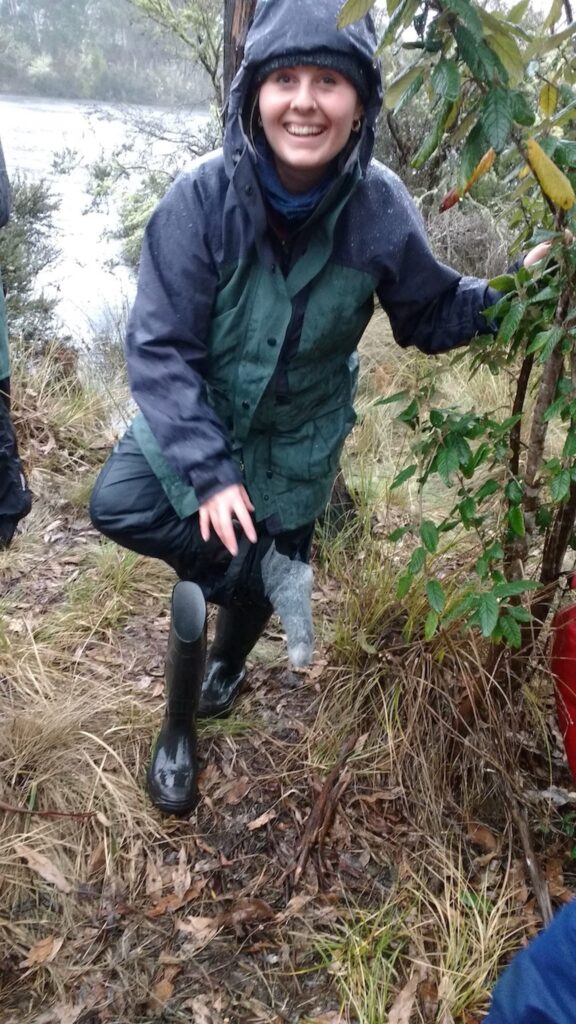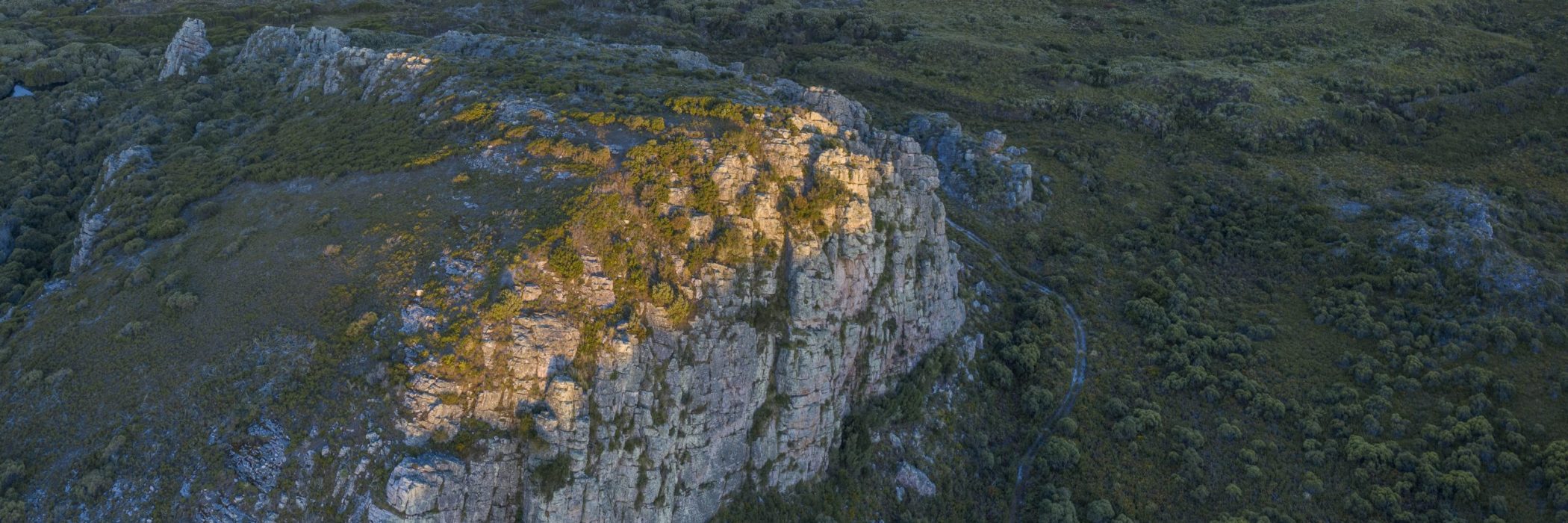A day in the life of a reserves officer
You might have donated to our campaigns to raise funds to establish new reserves, and perhaps you’ve celebrated along with us when a new reserve is announced. These are the big moments that get attention, and for good reason – the growth of Tasmania’s private reserves, and what this means for our landscapes and wildlife into the future, is exciting.
But what happens following the establishment of a new reserve? The formal creation of a reserve is by no means the end of the story.
For reserves to work – to function as safe havens and truly protect the plants and animals they contain – they must be looked after. Ecological values need active management, with on-ground work, to safeguard these areas for the species they protect and for future generations.
Each TLC reserve has its own management plan that details threats to the property’s conservation values and our strategies for dealing with them. The management plan may cover weeds, fire, access and any other relevant areas. See an example of a reserve management plan.
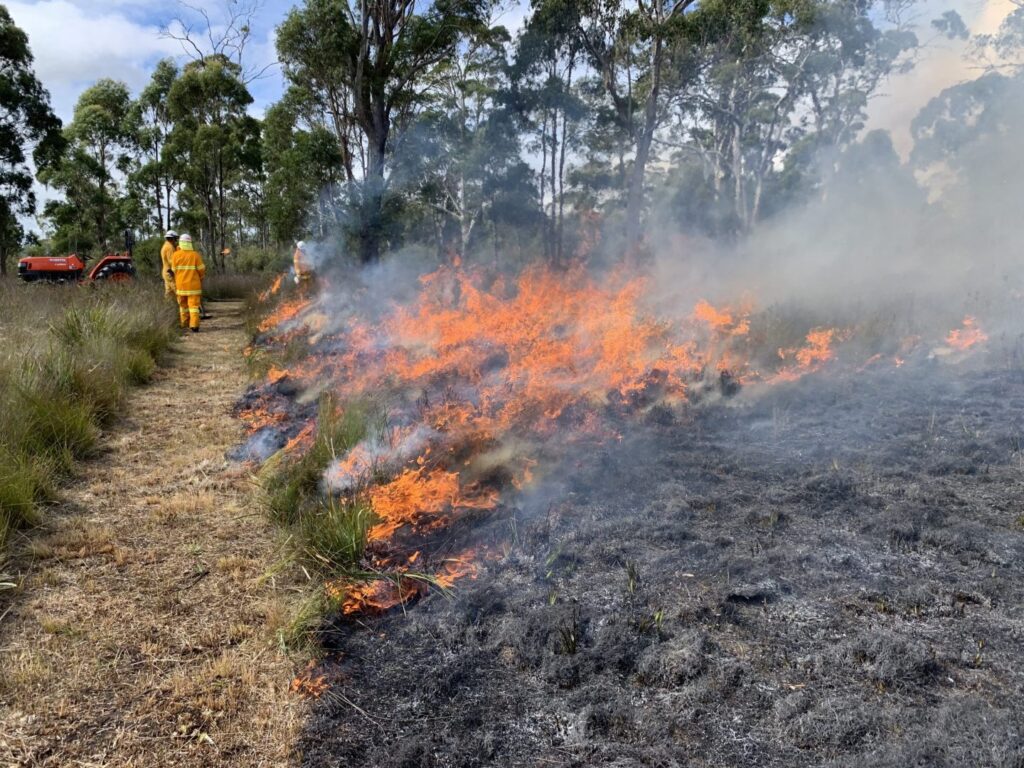
Where does the money come from?
We run regular campaigns to raise funds to purchase new reserves, but once a reserve is created, ongoing funds are needed for management. Reserve management is funded through the Tasmanian Land Conservancy Foundation, established in 2009 to secure the independent, long-term resourcing required to ensure the effective management of our reserves. These funds let us carry out essential management tasks and support the all-important scientific work that happens throughout our reserves.
What’s involved in reserve management?
Reserve management, underpinned by science but also an art, requires considerable planning. We identify what our key conservation targets (species & communities) are for each reserve and what we need to do maintain and improve their condition.
Belle Monk, who has been a Reserves Officer with the TLC for the last three years, explains that at the start of each year, the team sits down and plans what needs to be done at each reserve, and when.
‘We have the reserves on a spreadsheet that we use to prioritise management activities in terms of what has to be done and what could be done, based on both our ecological and logistical priorities. Some things need to be done routinely every year and we try to stay one step ahead and keep on top of problems before they get bad.
‘We plan activities seasonally – for example, when managing weeds, we need to consider when they flower.’
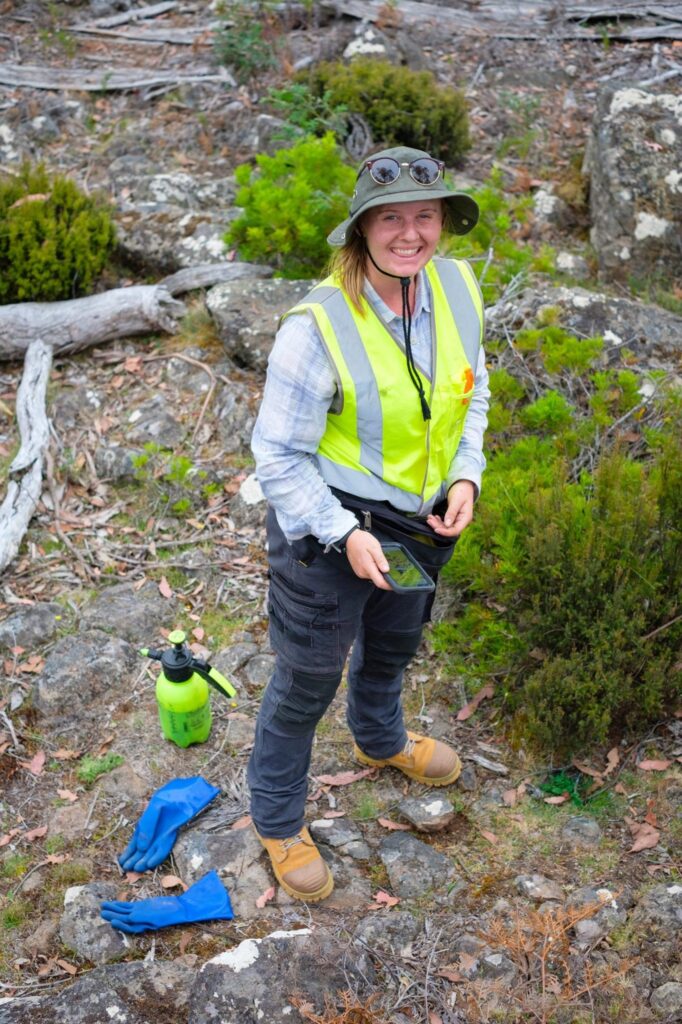
Management activities vary between reserves but can be summed up as:
- dealing with threats we’ve prioritised for the reserve, including weed control, feral animal control and fire management
- maintaining and upgrading infrastructure, such as fences, roads, tracks and buildings
- routine visits and going through a checklist, which includes things like checking gates, access points and weed hotspots.
These activities are regularly reviewed, and the information the science team gathers from its monitoring guides the kind of management that’s applied each year – this overview of the monitoring program for the Vale of Belvoir Reserve gives an idea of what’s involved in adaptive conservation management.
As well as keeping on top of routine activities, reserve managers must have the flexibility to deal with issues as they arise – ranging from road washouts caused by winter rain through to illegal firewood gathering.
‘We sometimes get notified that people have been taking firewood or using quad bikes in a reserve. This is a particular problem in more accessible areas and drier forests. We protect the reserves with trenches around access points, fences and locked gates where needed,’ Belle says.
One of the biggest frustrations of Belle’s job is having to change plans due to the weather, ‘In winter we slow down and try to do more maintenance around the sheds and office. We also keep a check on the roads within our reserves. We have more than 800 km of road networks around the state and it’s a huge job to keep an eye on culverts and drains and preventing flooding.
‘Every few years we coordinate contractors to do grading and repair roads, but the everyday stuff like using a shovel a to dig out culverts and drains, chain sawing trees off tracks and filling potholes, we do ourselves.’
This work all adds up. In 2020-21, the reserves management team (and some incredibly helpful volunteers) undertook 175 days of invasive species control, 48 days of road maintenance, 40 days fixing and installing fencing and completed two planned burns.
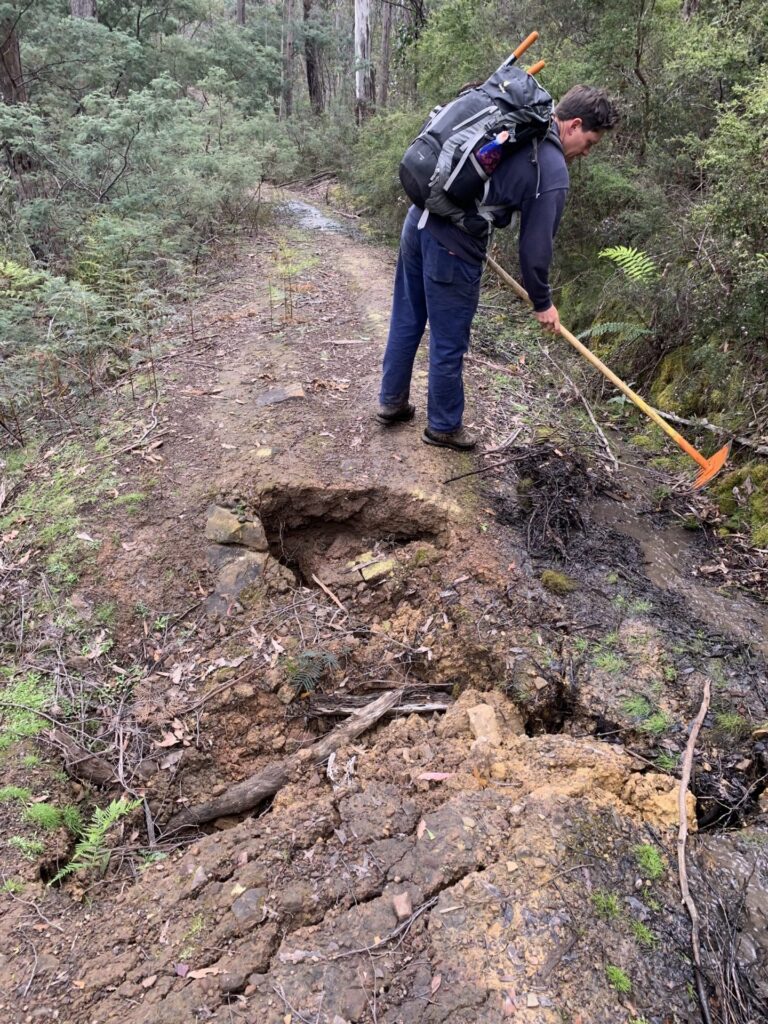
The importance of people
While much of the work of managing reserves involves physical labour in isolated locations, one of the most rewarding parts of the job both for Belle and fellow Reserves Officer Daniel Gfeller is working with volunteers and TLC supporters.
‘A big thing for me is seeing how passionate our supporters are’, Daniel says. ‘Volunteers put many unpaid hours into helping with track work and weeding – particularly coming into summer.’
The reserve management team run pre-planned volunteer events annually, two of the big ones being weeding in the Central Highlands and on Egg Islands Reserve in the Huon. As well as the group events, Belle says, the team has a pool of volunteers in different regions who provide extra help as needed.
‘People can volunteer on a casual basis’, Belle says, ‘You can find out more on the website.’
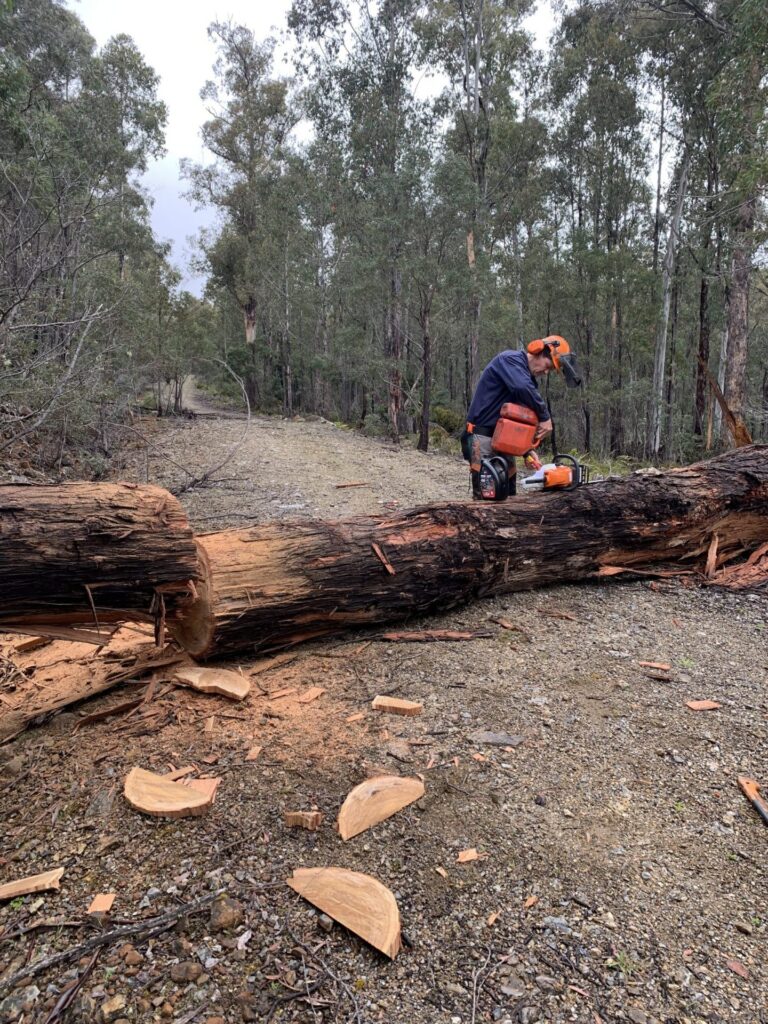
The rewards
At the reserve level, Belle says one of the most rewarding aspects of her work is to see tangible changes in the ecology. ‘In some properties, I’ve seen visible reductions in weeds happening year to year. At Skullbone Plains Reserve, a lot of weed control work was done before I started with the TLC. Thistles are almost non-existent there now.’
Looking at the bigger picture, in her time with the TLC, Belle has seen a substantial growth in the number of established reserves. ‘The land area of TLC reserves has expanded enormously and it’s been really cool to be one of the first to check out these new properties and get to know them.’ In reserve management there is no doubt that knowing the land is key.
While formalised management plans underpinned by science drive reserve management activities, this deeply personal connection between humans and landscape is equally crucial.
